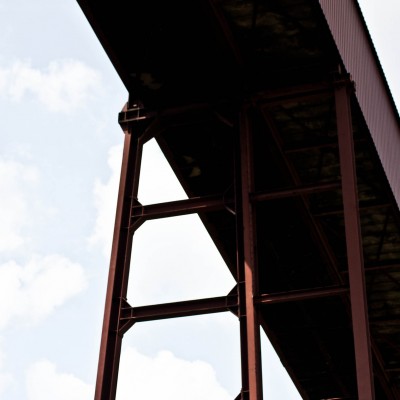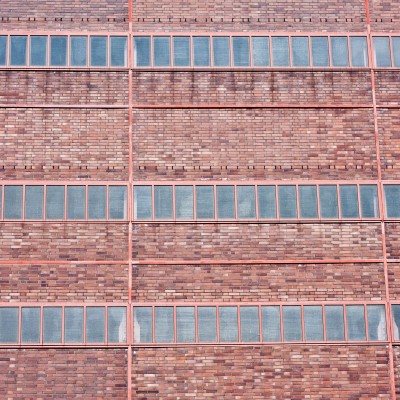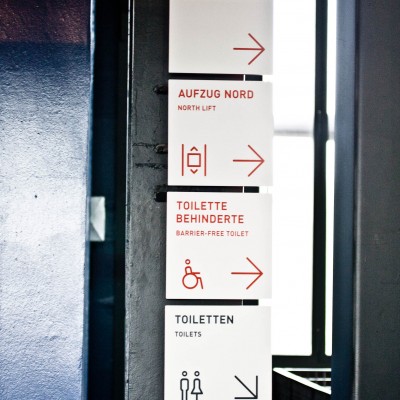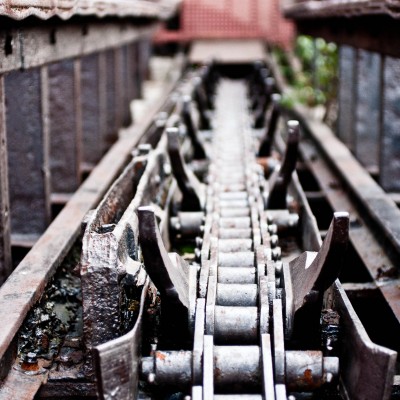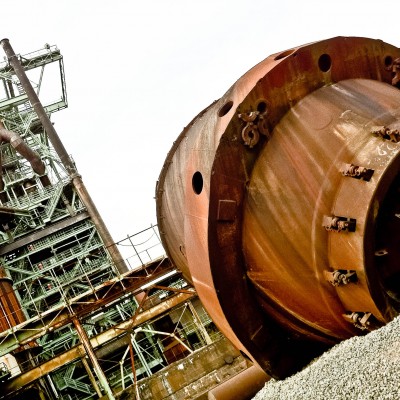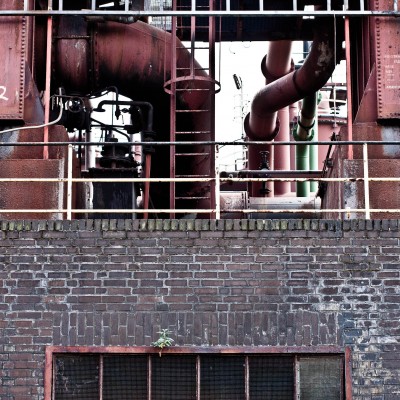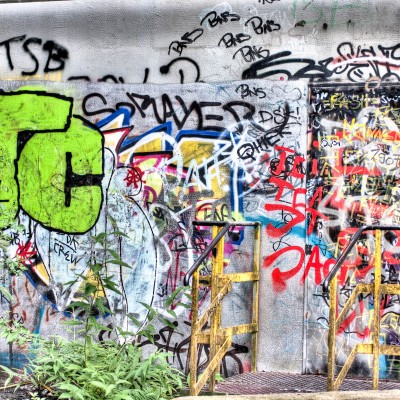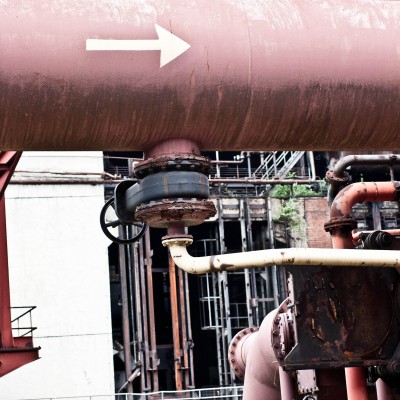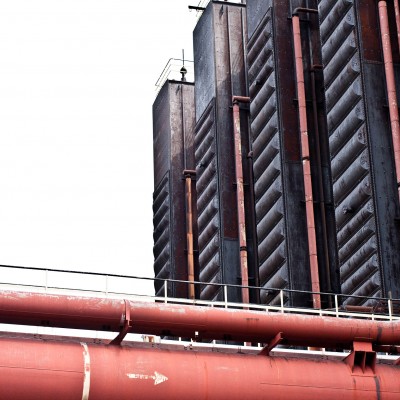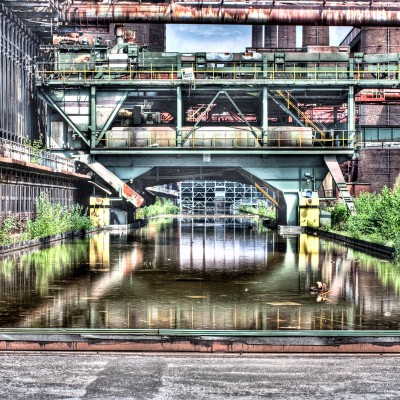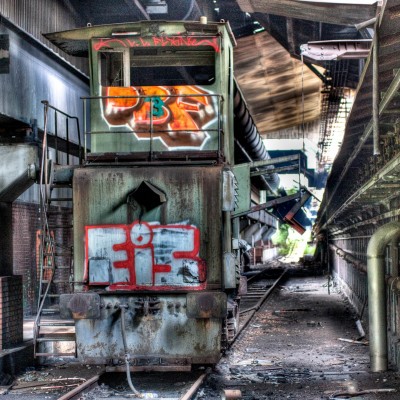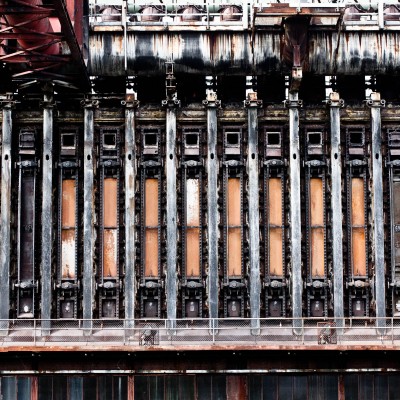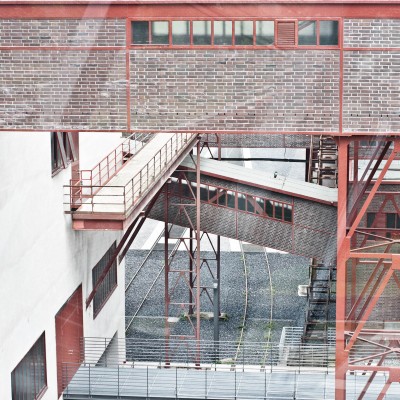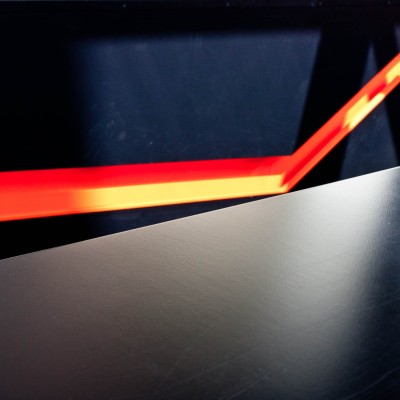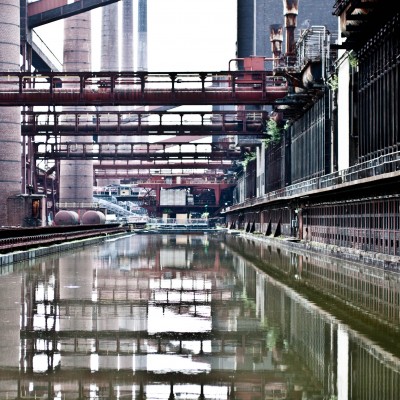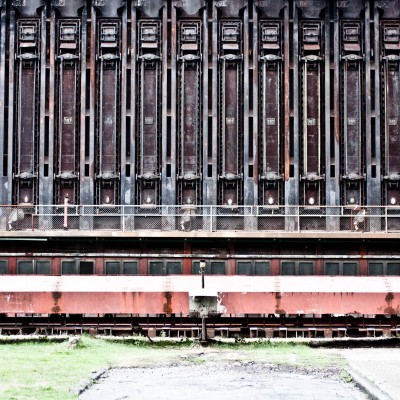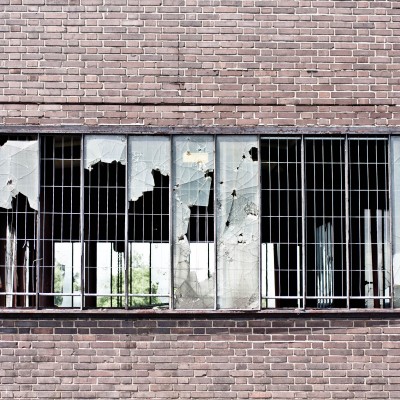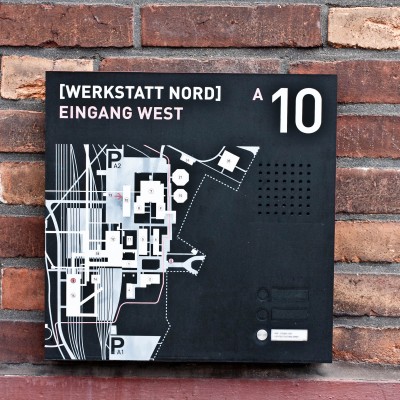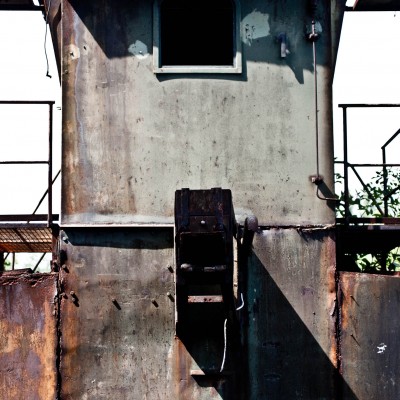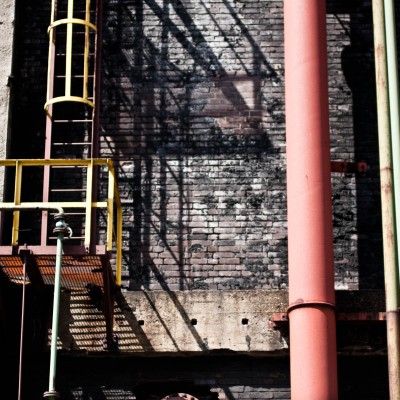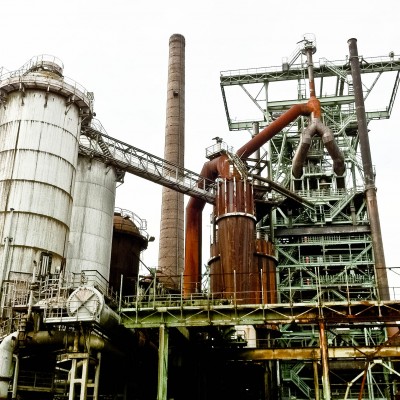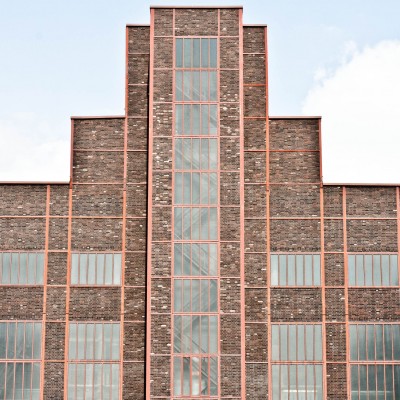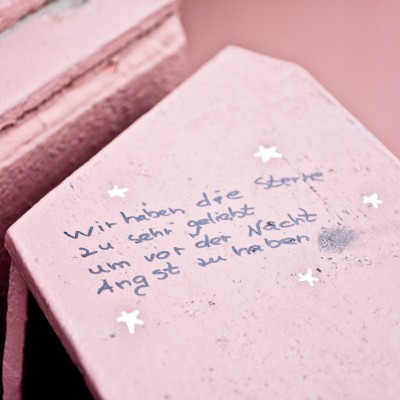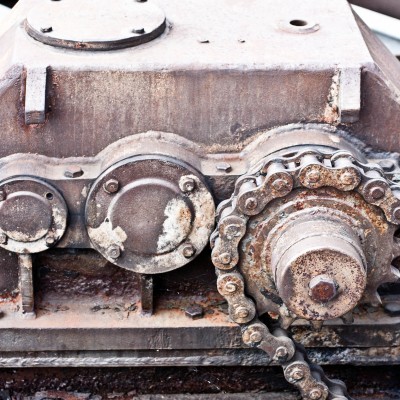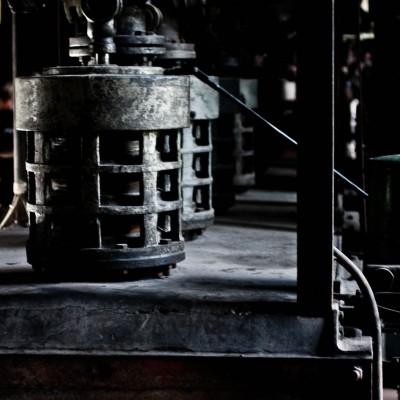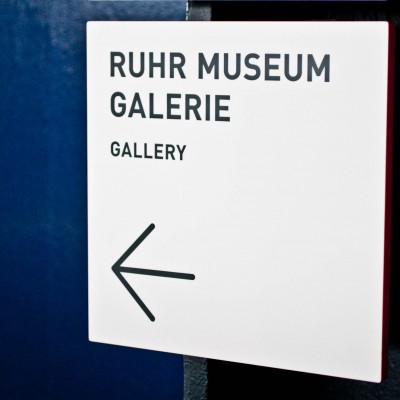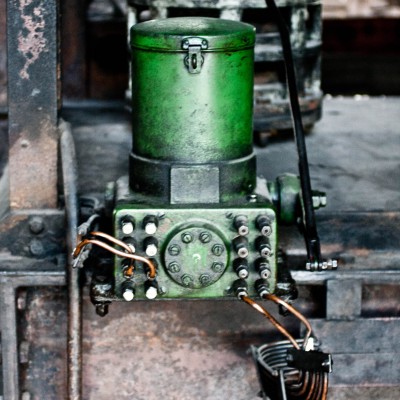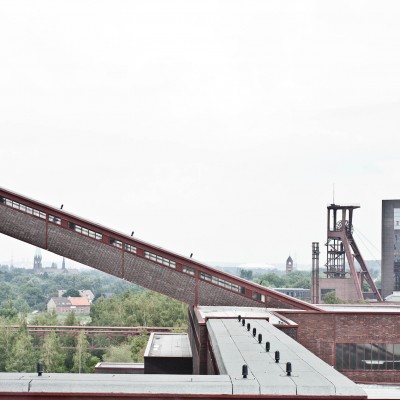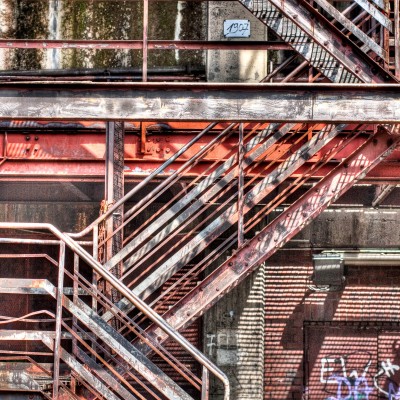Industrial Culture Ruhrgebiet – Zeche Zollverein
September 2012
Heavy industry means heavy labour.
Nowhere in Europe is this so clear as in the Ruhrgebiet.[1.]
It was in the years following the early 1970s that the heavy industry in the German ‘Ruhrgebiet’ collapsed due to global economic crisis – however it is a heritage and way of life that is still proudly preserved today.
In 1989 I was born here, and although I only permanently lived in this part of Germany until I was 7 – I still have family there and am visiting on a very regular basis. The Ruhrgebiet is certainly one of my homes and I love the drastically robust and honest ways of people.
For a while former factories and mines were disregarded and hardly developed – over the last decade or so however, quite extraordinary ventures and transformations have been developed.Whilst some places are turned into venues supporting the live arts and rich event culture, others now host restaurants offering authentic culinary specialities. But what impresses me the most: a common goal is to preserve and value the rich industrial history. Therefore many former mines and plants now host museums and large areas open to the public.
Manifest of all these efforts was the 2010 election of Essen and the Ruhrgebiet as the European Capital of Culture[2.]. Throughout the year a schedule of very different and interesting events was put on across the entire region celebrating a rich and creative centre for the arts and culture.
Newly established is the Ruhr Metropolis[3.] which also incorporates the European Route of Industrial Heritage[4.]. Both of which are great resources to all sort of sights and activities within the Ruhrgebiet.
World cultural heritage coal mine and coke oven Zollverein[5.]
Zollverein in Essen is a former colliery and certainly one of the most amazing and mesmerising sites I have visited on the discovery path across the Ruhrgebiet so far. It consists of large museum and exhibition spaces on the inside explaining the former uses of the plant as well as its importance and position within the Ruhrgebiet. Incorporated in the very nice way-finding and exhibition design are numerous interactive elements as well as a 360° cinema.
Another highlight however is the extensive outside area! It is mostly accessible to the general public at no charge and just an astonishing sight. I really love the rustic industrial charm about these places and enjoyed numerous trips on sunny days there. Should you ever get the chance to go, make sure to have enough time as getting around the outside alone will take you a good few hours…
European Route of Industrial Heritage, The Ruhrgebiet Regional Route {online} www.erih.net {accessed 02.09.2012} [1.]
More Information about RUHR2010: www.ruhr2010.dep [2.]
For more information and a collection of locations to visit as part of the Ruhr Metropolis: www.ruhr-tourismus.de [3.]
For more information on the European Route of Industrial Heritage visit: www.erih.net [4.]
Ruhrtourismus on Zollverein: http://www.ruhr-tourismus.de/en/essen/zollverein.html [5.]
No comments yet. Be the first one?
Leave a Reply
